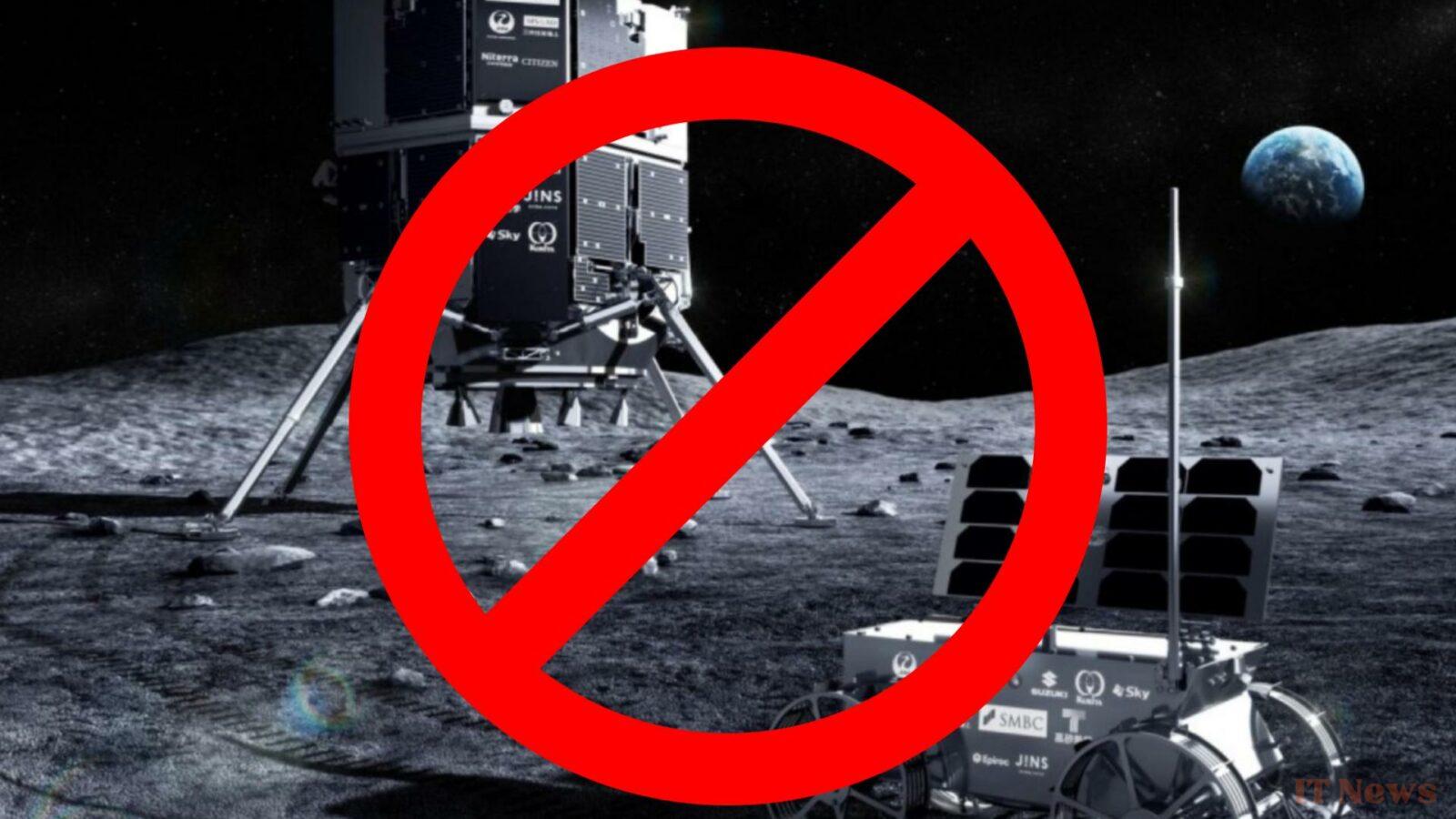Luck is definitely not smiling on ispace. For the second time in two years, the Japanese company has seen its lander crash into the surface of the Moon.
To provide some context, ispace's adventure began in April 2023 with the Hakuto-R mission, which aimed to send the first-ever private craft to the surface of the Moon. Unfortunately, it crashed with a bang: data analysis revealed that the accident was linked to the failure of an altitude sensor, disrupted by the edge of a crater. Because of this terrain, it misjudged its altitude relative to the surface, preventing the control system from adjusting the descent trajectory.
This failure was a double whammy for ispace: in addition to losing its protégé, it also missed the opportunity to make aerospace history. Ultimately, it was Blue Ghost, Firefly's vehicle, that had the distinguished honor of becoming the first private aircraft to soft-land on our satellite.
But that didn't stop Japanese engineers from moving forward. Since this failure, the firm's teams have been working hard to organize a new mission, centered around a vehicle called Resilience. The latter took off in mid-January aboard a SpaceX Falcon 9, and has been patiently waiting for its turn in lunar orbit ever since.
Another altimetry problem?
Its time finally arrived on the evening of June 5: yesterday evening, the craft began its descent with the aim of touching the surface around 9:25 p.m. But the operators unfortunately lost all contact with their protégé – a sign that did not bode well. A few hours later, ispace's command staff admitted with a heavy heart that Resilience was definitely lost.
Preliminary analysis of telemetry data has already revealed a possible explanation for this latest accident. It is likely due to a malfunction of the laser that allows the vehicle to measure its altitude above the surface. This is certainly bad news, because as indicated at the beginning of the article, it was already this instrument that was held responsible for the first failure in 2023.
The good news is that if this hypothesis is confirmed, engineers will know exactly where to focus their efforts in preparation for the third and fourth missions, planned for 2027.
But this time, the pressure will be significantly greater. The next missions will rely on a lander called Apex, which will be significantly heavier, more expensive, and more sophisticated than Resilience. Losing it due to such a basic failure for the third time in a row would therefore be catastrophic for the firm's credibility. Furthermore, another mishap of this kind could have very concrete consequences on the commitment of its investors—and, by extension, on the company's sustainability.
We will therefore see you in 2027, hoping that this promising startup will finally manage to correct its course after such a decidedly difficult start.



0 Comments